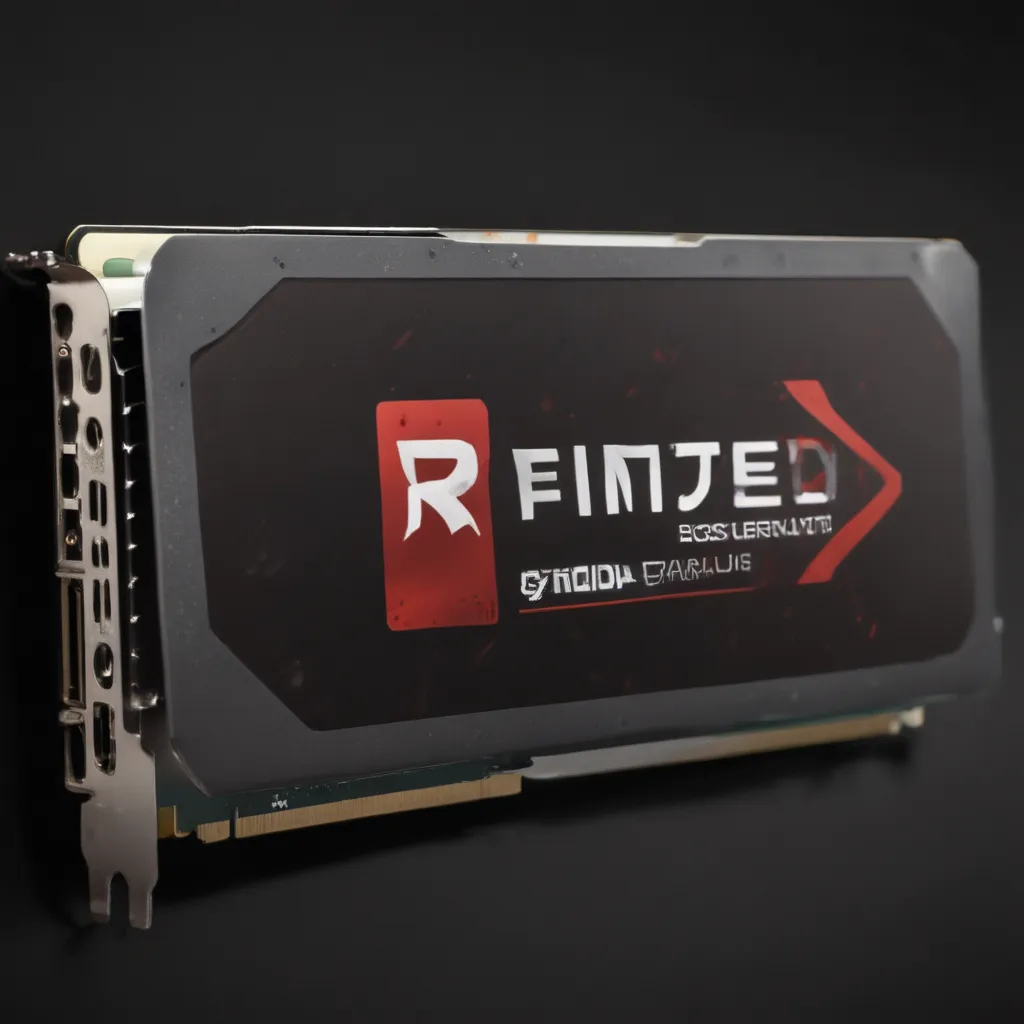
The Evolution of AMD’s GPU Architecture: A Closer Look at RDNA 3
As a technology enthusiast, I’ve been eagerly following the developments in the world of graphics processing units (GPUs), particularly the advancements made by Advanced Micro Devices (AMD). The company’s RDNA architecture has been a game-changer, and the upcoming RDNA 3 promises to build upon this strong foundation. In this in-depth article, I’ll delve into the details and rumors surrounding the future of AMD’s GPU lineup, exploring the potential features, performance enhancements, and the overall impact on the GPU landscape.
Unveiling RDNA 3: AMD’s Next-Generation GPU Architecture
The RDNA 3 architecture is the successor to the current RDNA 2, which has powered AMD’s Radeon RX 6000 series GPUs. As the industry eagerly awaits the release of RDNA 3, I’ll examine the key details that have surfaced through various leaks and rumors. What can we expect in terms of the architectural changes, and how will they translate into tangible performance improvements?
One of the most anticipated aspects of RDNA 3 is the potential shift to a chiplet design, similar to AMD’s successful Ryzen CPUs. This modular approach could offer several advantages, such as improved scalability, enhanced power efficiency, and the ability to manufacture the GPU components on separate, optimized process nodes. Delving deeper into this rumor, I’ll explore the potential implications of a chiplet-based GPU and how it might differentiate RDNA 3 from its predecessors.
Performance Targets and Power Efficiency: The New Frontiers
As the GPU market continues to evolve, the demand for higher performance and greater power efficiency has become paramount. RDNA 3 is expected to address these critical areas, pushing the boundaries of what’s possible in the realm of desktop and mobile graphics. I’ll analyze the latest rumors and speculation surrounding the potential performance targets of RDNA 3, comparing them to the current RDNA 2 offerings and the competition from Nvidia’s RTX 30-series GPUs.
In addition to raw performance, power efficiency is a crucial factor that can have a significant impact on system design, cooling requirements, and overall energy consumption. I’ll delve into the rumored advancements in power management and thermal optimization that RDNA 3 may bring to the table, potentially leading to more energy-efficient and thermally-constrained GPU solutions.
Manufacturing Process and Architectural Improvements
The semiconductor manufacturing process plays a crucial role in the development of modern GPUs, and RDNA 3 is no exception. I’ll explore the expected manufacturing node for RDNA 3, as well as the potential architectural enhancements that could further improve performance and efficiency.
One of the key areas of focus in RDNA 3 may be the expansion and optimization of the Ray Accelerators, which have become increasingly important for ray tracing and other advanced rendering techniques. I’ll analyze the rumors and speculations surrounding the potential improvements to the Ray Accelerators, and how they might impact the overall graphics processing capabilities of RDNA 3.
Additionally, I’ll investigate other architectural changes, such as improvements to the compute units, the memory subsystem, and the overall design philosophy behind RDNA 3. These details can provide valuable insights into the direction AMD is taking with its GPU lineup and how it plans to address the evolving needs of the market.
Positioning and Competitive Landscape
As RDNA 3 emerges, it will undoubtedly have to contend with the competition in the GPU market. I’ll examine how AMD’s next-generation GPUs might be positioned against Nvidia’s latest and upcoming offerings, as well as any potential advancements from Intel’s Arc Alchemist lineup.
Factors such as performance, power efficiency, feature set, and pricing will be crucial in determining the market positioning of RDNA 3. I’ll analyze the potential competitive strategies AMD might employ to maintain its momentum and continue to challenge its rivals in the high-performance and enthusiast-level GPU segments.
RDNA 3 and the Broader Ecosystem
The impact of RDNA 3 extends beyond just the GPU itself, as it will also have implications for the broader ecosystem. I’ll explore how RDNA 3 might integrate with AMD’s other product lines, such as Ryzen CPUs and Radeon Software, to offer a more cohesive and optimized computing experience for users.
Additionally, I’ll delve into the potential partnerships and collaborations that RDNA 3 might foster, particularly in areas like ray tracing, machine learning, and cloud gaming. These synergies can further enhance the capabilities and appeal of RDNA 3-based GPUs in the evolving technology landscape.
The Road Ahead: Speculations and Expectations
As I wrap up this comprehensive look at the future of AMD’s GPU lineup, I’ll share my own speculations and expectations for RDNA 3. Based on the information gathered from various sources, I’ll offer my insights on the potential timeline for the release of RDNA 3, the expected performance and efficiency gains, and the overall impact it might have on the GPU market.
I’ll also touch on the longer-term implications of RDNA 3, such as how it might pave the way for future GPU architectures and the continued evolution of AMD’s graphics technology. The future of GPUs is an exciting and rapidly-changing field, and RDNA 3 promises to be a significant milestone in this ongoing journey.
Conclusion: Anticipating the Next Chapter of AMD’s GPU Dominance
As an avid technology enthusiast, I’m eagerly anticipating the arrival of RDNA 3 and the potential it holds for the future of AMD’s GPU lineup. The details and rumors surrounding this next-generation architecture suggest that AMD is poised to make significant strides in performance, power efficiency, and overall competitiveness.
From the potential shift to a chiplet design to the anticipated architectural enhancements and manufacturing process improvements, RDNA 3 promises to be a transformative step forward for AMD’s graphics technology. As the company continues to challenge its rivals and push the boundaries of what’s possible in the GPU market, I’m excited to see how RDNA 3 will shape the future of gaming, content creation, and the broader computing landscape.












